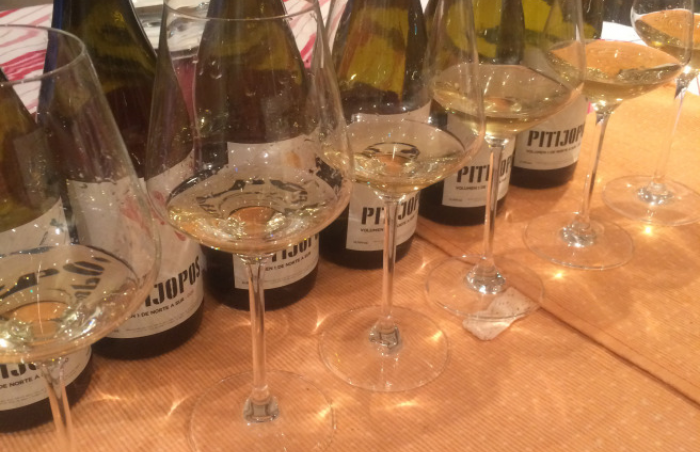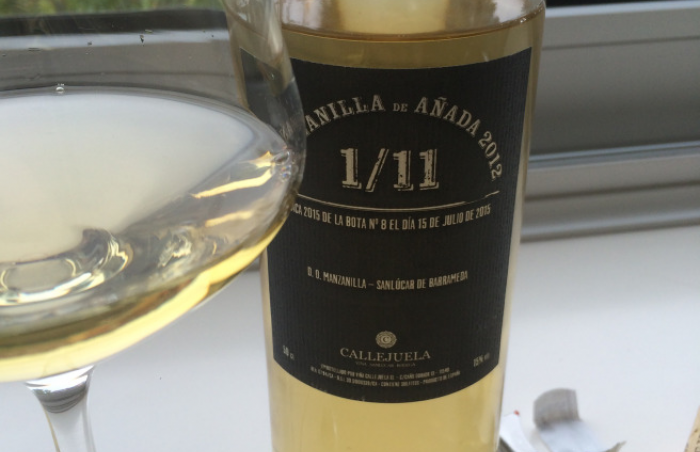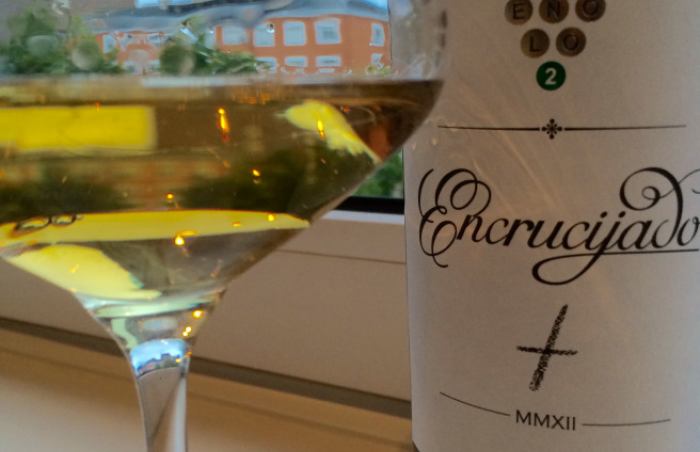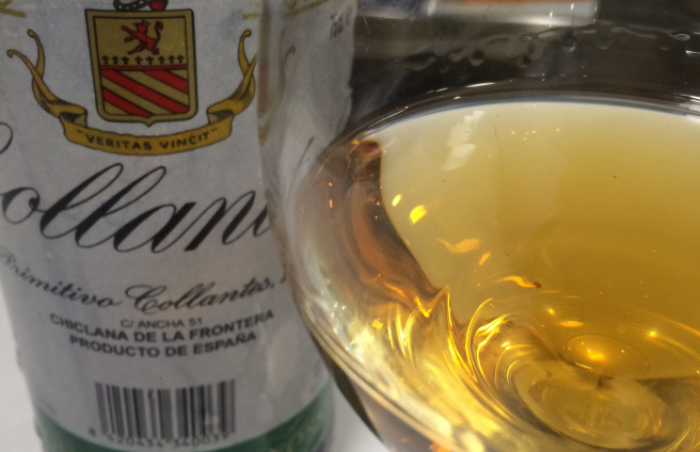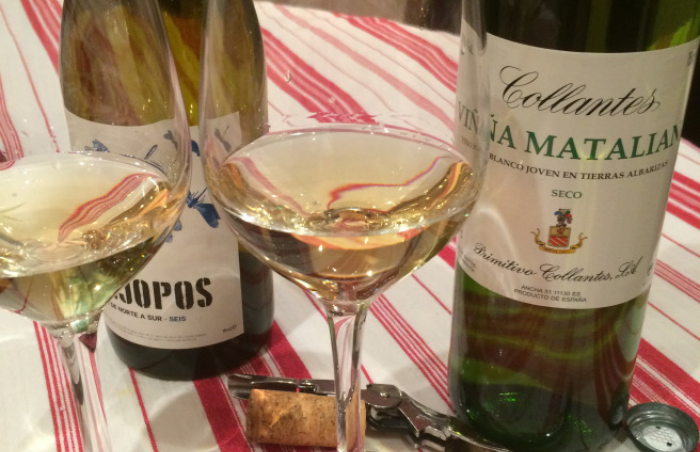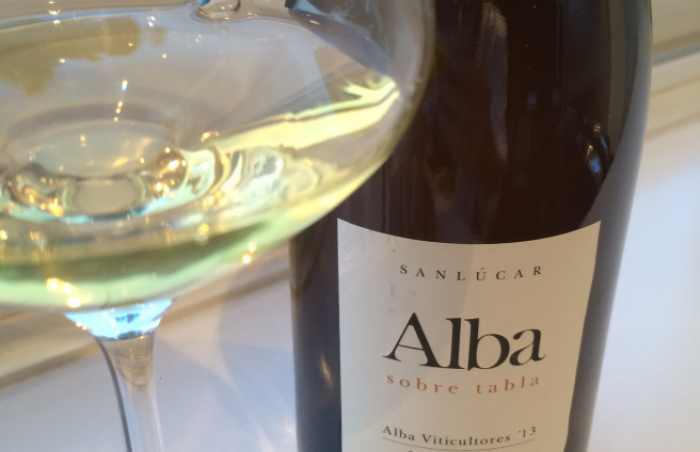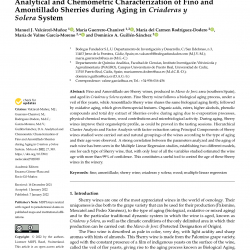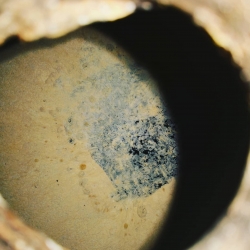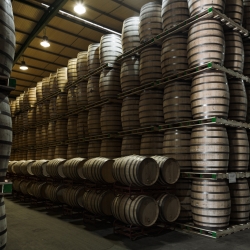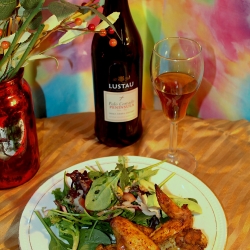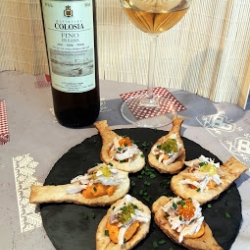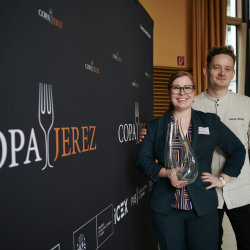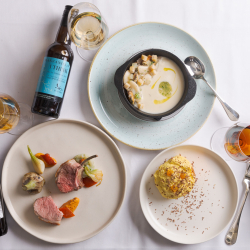What's new in Jerez and Sanlucar
There is no doubting the impact and character that age can imprint on the wines of jerez and sanlucar. The big beasts from the back of the cellar can blow away unsuspecting palates and their power and intensity regularly amaze the critics. Neither is there any doubt that the age old traditional formulas of fino, amontillado, palo cortado and oloroso have a certain magic. For me, though, some of the most exciting wines are from the other end of the scale and from outside the established categories. Wines that are seeking to express the characteristics not of cellar and barrel but of terroir and fruit. To do it they are pushing the boundaries in exciting ways and with some considerable success.
First, and freshest of all, one of the most exciting releases of the year was a selection of six "mostos" from different pagos across the Sherry triangle called the Pitijopos by Cota 45, the label of maverick Sanlucar oenologist Ramiro Ibañez. Mosto is the base palomino wine used as the key material in sherry and manzanilla (and, increasingly, a lot of other wines) and these mostos were selected from six different pagos on four different types of albariza soil. In this first "Volume 1: North to South" they were sourced from locations 50km North to South and 25 km West to East. Trebujena, Sanlucar, Rota, Jerez (Macharnudo), Jerez (Añina) and Chiclana. The result was really fascinating on a number of levels. The differences between the six wines – even between wines from the same neighbourhoods/soil types – were notable and very interesting: some were floral, fruity and aromatic, some were serious and mineral, some piercingly fresh. The exercise was to demonstrate the potential of terroir and of palomino as fruit and for me the argument was won in the most elegant way possible. If you can get your hands on them, future editions are bound to be really interesting.
Second, the single most intriguing wine I have tried this year is the Manzanilla de Añada 2012 (Saca 1/11). Again with the participation of Ramiro Ibañez, this time in his role as consultant at La Callejuela, the wine comes from old vines on a pago called El Hornillo. The 2012 vintage was of historic quality and a decision was taken not to include it in the criaderas of the bodega. Instead, the 11 botas were set aside and are being “statically aged” (i.e., not in solera) with no mixing of any kind. Each year one of the botas will be selected for bottling (so that, all going well, the last bota will be bottled in 2025). This first bottling was just over two years under flor and had a markedly biological character. More importantly, it is excellent – really youthful and fruitful but elegant, polished and compact at the same time. Although hard to predict, the character of future botas will clearly be different - perhaps more of the effects of biological ageing while the flor survives and then progressive oxidation. Really looking forward to 2/11 later this year! (An honorable mention too to some of the other wines made by La Callejuela - the El Cerro oloroso was my favourite oloroso of the year and the Blanquito Manzanilla Pasada and Casilla amontillado are also excellent.)
Third, I would mention the Encrucijado MMXII. Yet again by Ramiro Ibañez and Cota 45 and another fascinating project. Technically it is not a sherry at all. Although it is 50% palomino, the wine also includes five other autoctonous varieties that are no longer admitted by the DO: Mantúo Pilas, Mantúo Castellano, Beba, Perruno and Cañocazo. After fermentation the wine is aged under flor for ten months and then oxidatively for a further ten months before bottling. The first time I bought it expecting a palo cortado (and its name is clearly a reference to that) but it is unlike any palo cortado you will have tasted. A rich, buttery wine which maybe lacks the fine structure of a classic sherry but offers an intriguing insight into the effects of biological ageing and suggests some fascinating potential.
Fourth, one of my favourite wines of the year was Amontillado Fino Fossi by Primitivo Collantes (where, again, Ramiro Ibañez is a technical director). In fact I enjoyed very much the whole range of wines from the Finca Matalian pago, right by the sea (apparenrtly 8km I think they told me) in the far South of the sherry triangle in Chiclana. The mosto from the pago was one of the stand out stars of the Pitijopos - a late harvested big mouthful of fruit - and it made me hunt out all the wines: including an intriguing white table wine called Viña Matalian, the Arroyuelo Fino, the Arroyuelo Fino en Rama and, best of all in my view, this Amontillado Fino Fossi. What is fascinating for me was the action of the flor on these wines. Whereas the mosto and the Viña Matalian are rich in volume and lush fruit, the time under seaside flor creates two intensely powerful, mineral finos. Then the amontillado fino seems to square the circle: the caramel notes seem to bring the fleshy fruit back to balance those intense minerals (which in turn seem to act like a really fine, integrated acidity) to make a really light, balanced and elegant amontillado. The result is a wine that is as interesting as it is enjoyable: will disappear quickly and in large quantities if you are not careful.
It is not all Ramiro Ibañez. One of the most talked about wines of the last few years is one that, as far as I am aware, is still under flor: the Guillermo "Willy" Perez 2013 Fino de Añada from the el Corregidor vineyard for Bodegas Luis Perez. It is famous (and controversial) for being unfortified. Since biological ageing is generally carried out at around 15º (flor can survive below that, but so can other, less helpful moulds, such that it is advisable to bring it above 15º is possible) biologically aged wines are generally fortified by the addition of alcohol (generally distilled from airen). This wine, however, has reached that level of alcohol (and even beyond) without fortification by dint of careful pruning and an exceptional late harvest. It is controversial - no less an expert than Jesus Barquin has expressed doubts and kicked off a heated debate - but it is yet another example of a boundary being pushed back in the search for expression of terroir and fruit. Not sure when we are going to see it but Bodegas Luis Perez are due to release a highly rated fino and oloroso called Barajuela shortly and are already known for some interesting red wines (Samaruco, which is mainly Petit Verdot, and Garum, mainly merlot).
And with these I really am only scratching the surface. There are many others down there in the sherry triangle experimenting away like crazy. Possibly the most prolific are a crew called Alba Viticultores, who do just about everything with terroir specific palomino from the "Confitero" vines on pago Miraflores except make sherry or manzanilla: mosto, sobre tabla, sparkling, you name it. Another name you will have seen on the blog would be Bodegas Forlong, who make some fascinating palomino and pedro ximenez table wines. Finally, it wouldn't be fair not to mention the innovative stuff being tried by the guys at Equipo Navazos - the Florpower series of numbers 44, 53 and 57 stand out, but many of their releases involved some innovative (or post-innovative) techniques - or even the big beasts such as Gonzalez Byass and Barbadillo (who have recently released Beta, a sparkling palomino wine and have been experimenting with tintilla de rota and other grapes).
We truly do live in interesting times (and in this case I just don't understand how that can be considered a curse).
The views and opinions expressed in this article are those of the authors and do not necessarily represent those of El Consejo Regulador.


03 January 2016


